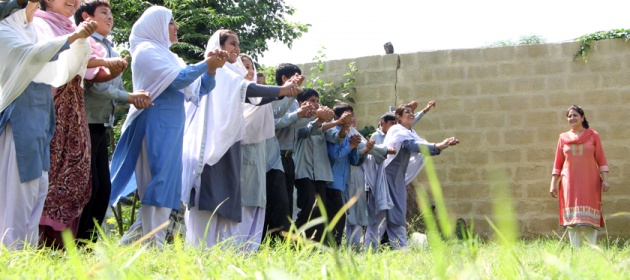Playing for Peace
Posted on at
Posted on at

Through the power of play, Right To Play helps one million children recognize their potential and realize their dreams. Our programs focus on measurably impacting the three most critical areas of child development: the quality of their education, their ability to stay healthy and their potential to help build peaceful…
Subscribe 0